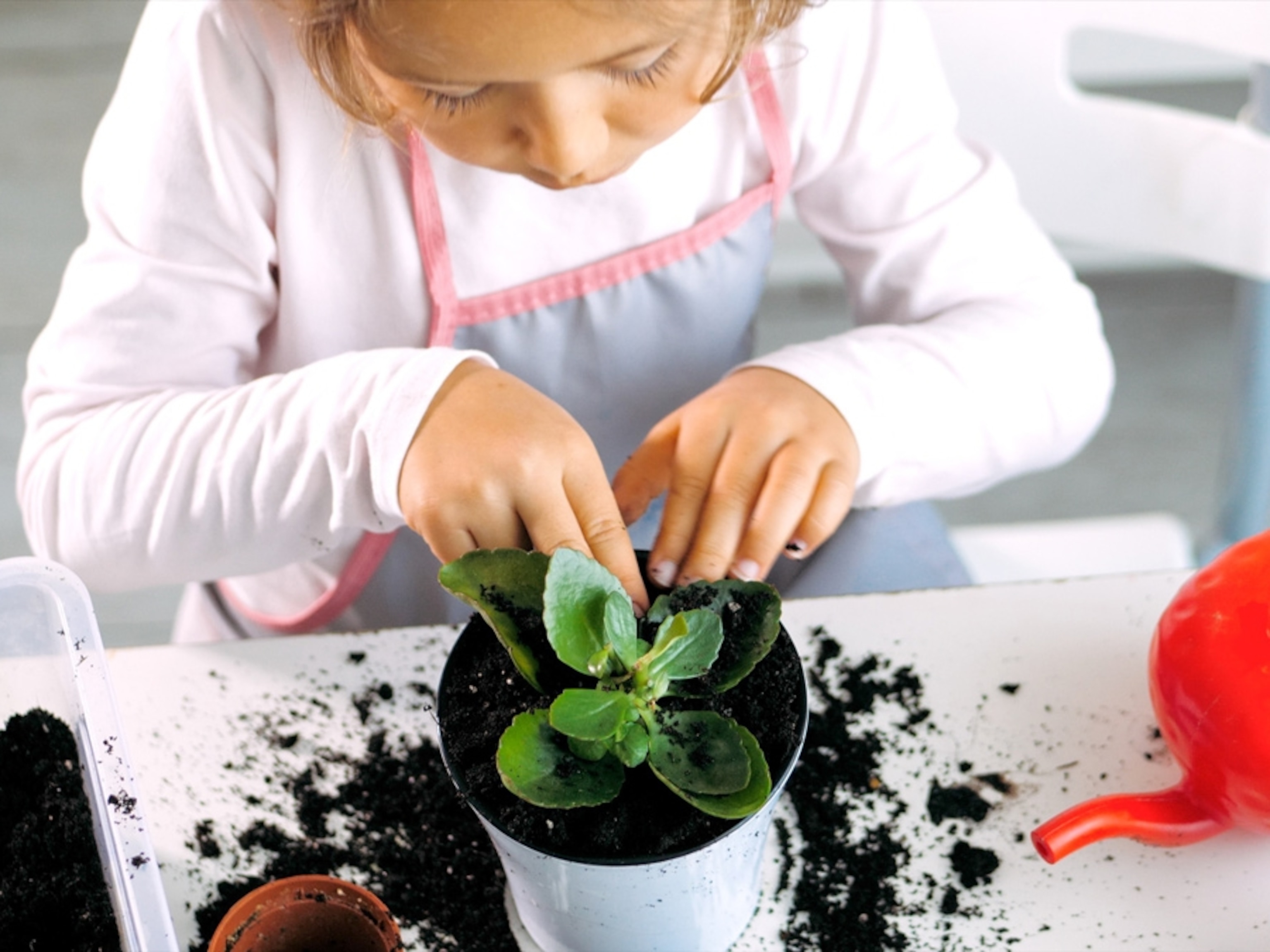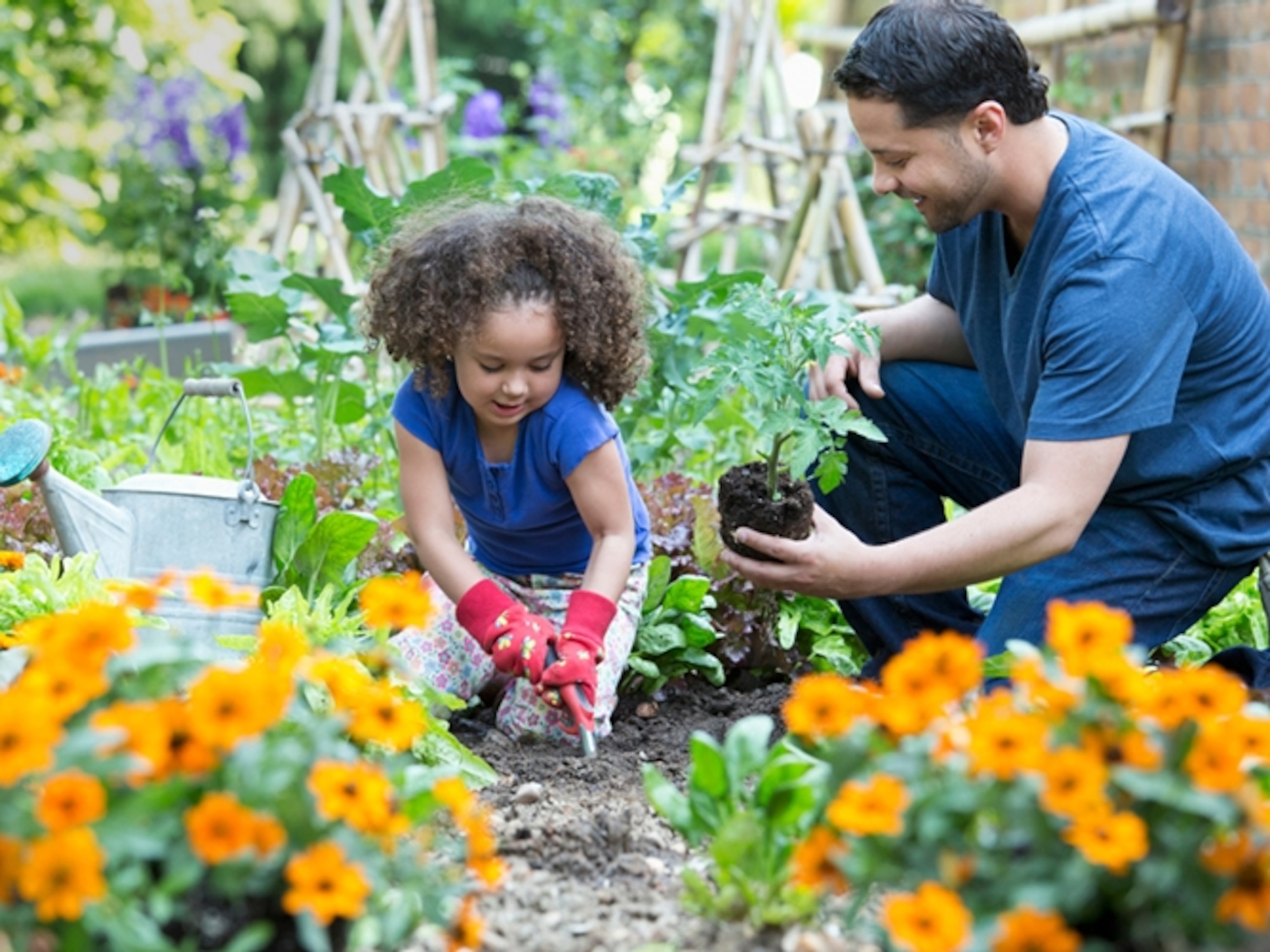
Trash talk: How waste audits can empower kids to protect the planet
Analyzing your family’s trash might be gross—but it gets kids thinking about what they’re throwing away.
When Jen Farr and her eco-conscious family noticed their bathroom trash was piling up, they decided to investigate the problem. With their two 11- and 13-year-old daughters, the Toronto family used gloved hands to sift through used tissues, cotton balls, and dental floss—then they made a plan.
This review process, called a trash audit, is a way for families to fight back against the mounting problem of waste: The average American creates 4.9 pounds of trash a day, almost double the amount Americans created in 1960. According to one study, all operating U.S. landfills will be full in 62 years if we continue this pace of waste.
It might be difficult at first for your kids to see all the waste that your family has created—they might’ve already forgotten about that toy packaging or half-eaten sandwich they discarded a few days ago. But once kids understand that their trash doesn’t just go away, they can feel empowered to make changes in their behavior that will result in real-life consequences.
“A trash audit can increase a kid’s sense of efficacy in addressing environmental problems,” says Susan Clayton, a conservation psychologist and professor of psychology at the College of Wooster.
Trash audits are built around a concept called self-monitoring, which means being aware of your own behavior. For example, you might notice a higher charge than usual on a water bill, and then later you’ll think to turn off the tap while you’re brushing your teeth.
“You can start making connections between your past choices and their consequences,” says Nicole Sintov, an environmental psychologist and assistant professor at Ohio State University.
After the audit, the Farr family realized they could divert half their waste from the trash can to the compost bin. Even better, Farr says the activity has helped her daughters remember to throw away trash in the proper receptacles and avoid using single-use plastics.
Ready to review your refuse? Check out options for either a trash audit or trash inventory, based on your space, time, and willingness to get dirty.
Option 1: Trash audit
What you’ll need:
• A pair of rubber gloves for each family member
• A tarp (or use multiple plastic garbage bags)
• Paper and pencil
• Cleaning supplies
Gather items and make space. Choose a trash can to review and a time to do the audit when the bin is pretty full. Then find the space. (We recommend a backyard if one’s available—this will get stinky.)
Dump and sort. Dump the contents of the trash can onto the tarp. Wearing rubber gloves, separate the trash into piles: food waste, recyclable stuff, and true trash. Then keep sorting the items by type, depending on what you have. You might place all plastic food containers together or make a pile of paper scraps.
Collect data. Ask your kids to write down what’s on the tarp and how many of each item. (You can recreate or print out a simple chart here.) Ask your kids to write down any patterns they see: Are there lots of granola bar wrappers? Tons of tissues? (Your kids might want to turn this data into a graph or pie chart later.) Turn the audit into a game by asking each kid to find the grossest or most surprising piece of garbage in the pile.
Talk some trash. Connect the garbage to the zero-waste concepts of refuse, reduce, reuse, recycle, and rot. For instance, could you have refused a straw that you found in the trash? Could you have used a reusable container instead of the plastic sandwich bag you found? Did your family have to buy this type of plastic-wrapped popcorn or could you have bought kernels? Can kids reuse this plastic strawberry container? Are we putting the trash in the correct recycling and composting bins?
Option 2: Trash inventory
If you don’t have the space or time for a full trash audit, tape a piece of paper near the bin. Every time a family member throws something away, ask him or her to write it down. After a week, review the results as a family.
“You're getting that feedback many times a day,” Sintov says. “Research shows that the more frequent that kind of feedback is, the more effective it is.”
Making those lessons stick
One of the reasons a trash audit can be so effective for kids is because it’s a “sticky” learning experience that allows them to play with something they’re typically taught not to touch. “It’s a hands-on experience that engages their senses of sight, smell, and touch,” says Mary DeMocker, author of The Parents’ Guide to Climate Revolution. “It’s a whole different way of learning.”
After your family sorts through the waste, your kids might be inspired to make changes in their own life. That might mean asking to put low-waste snacks on the grocery list or walking away from cheap toys and decorations.
“Once kids see the dozen single-use plastic birthday cups they begged Mom for now heading to the landfill, they may choose to opt for reusable glasses next time,” DeMocker says.
She adds that parents can also hammer home the lessons by empowering kids to come up with creative solutions to cut down on waste. For example, if the audit has revealed a lot of recyclable items in the trash, kids could create a poster to remind family members to recycle. If it’s turned up too many stinky food scraps, perhaps they could start their own composting system. (Here are kid-friendly step-by-step instructions.)
You could also enlist their help in grocery planning. Could your kids help plan a family meal that they’ll definitely finish? Could you buy one big tub of yogurt and serve it in reusable containers instead of little packaged bowls? (Maybe you could even start making your own yogurt.)
“Handing kids the tools to effect change even just in the household empowers them,” DeMocker says. “It brings out their creativity and ingenuity.”



